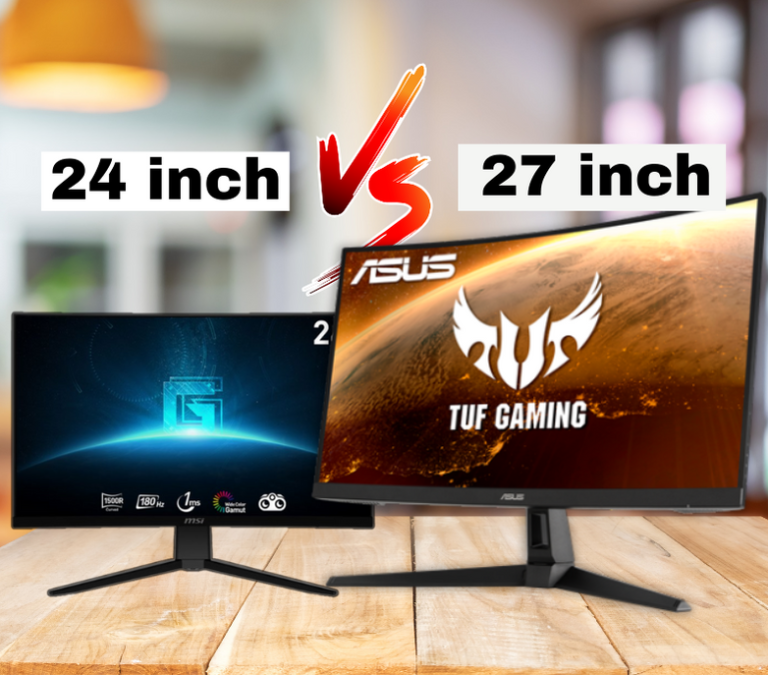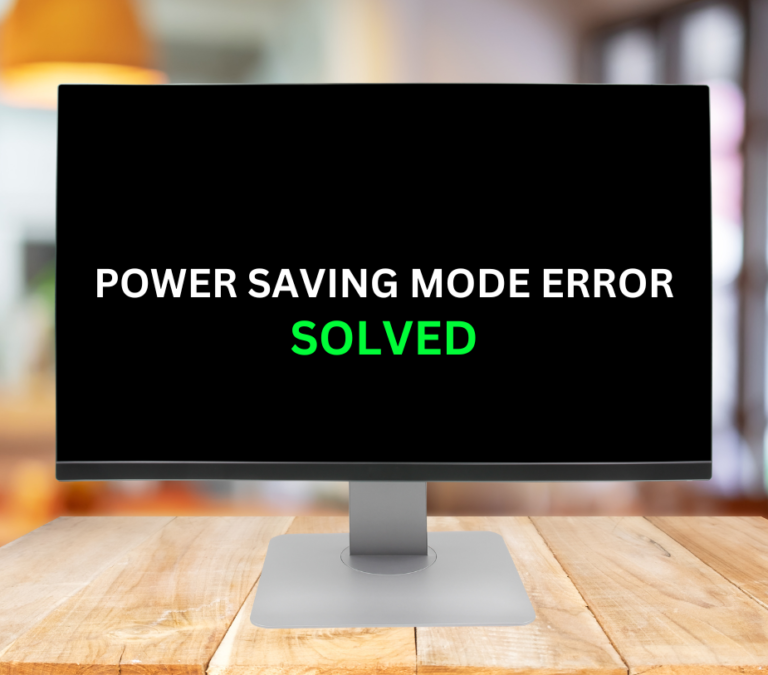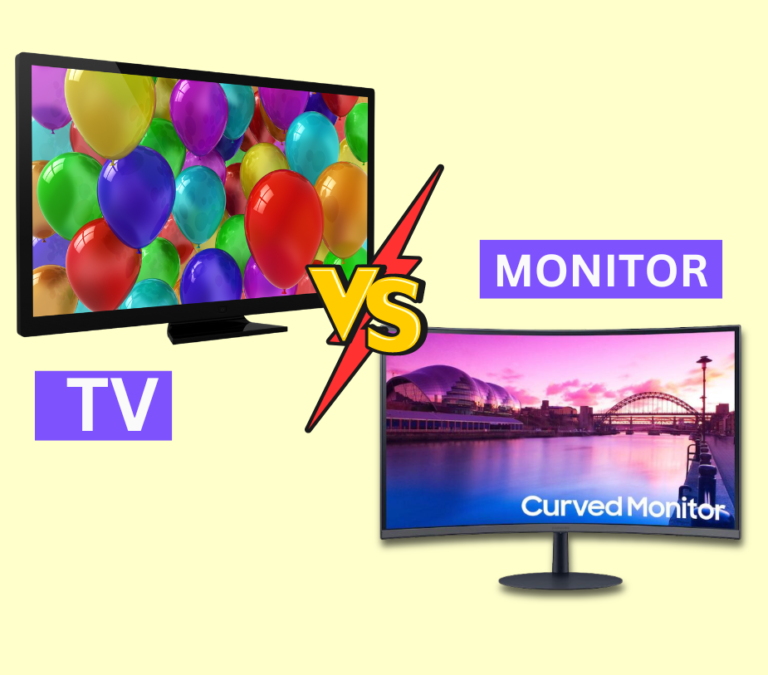Are you still caught up in the technical confusion of whether to choose between matte vs glossy monitor?
Let’s get into the details of what’s the difference between a matte and glossy monitor screen, and which fits best for you.
We will go through the features of both and differences in their reflections, and image quality.
Matte Monitor Screens:
Are you still seeking a matte laptop screen that’s easy on the eyes? A matte computer screen might just be the perfect match for you.
Matte Monitor display screens usually come with anti-glare properties, reducing reflections and eyestrain. Such screens can be ideal for different environments.
The matte coating includes an outer polarizing layer that is etched by a mechanical and sometimes chemical process. Its anti-glare panel soaks and disperses the light rather than reflecting it.
While matte surfaces function to block/scatter light, they invariably block light output. Moreover, it worsens the image quality and gives out a hazy type image quality.
In matte monitor screens, the contrast ratio is lesser as compared to the glossy screens and you can check this by setting up the brightness on equal nits (E.g. 200 nits).
Glossy Monitor Screens:
Glossy monitor screens are known for their vibrant colors and deep contrasts. It gives you a visually striking experience. However, they may be sensitive to reflections, making them better suited for controlled lighting situations.
The glossy monitor screens are made up of reflective glass or polymers. It has an anti-reflective coating like magnesium fluoride or similar polymers to help with the absorption of ambient light.
The transparency of the material allows for almost all of the display’s backlight to show through. Moreover, under controlled ambient light the glossy panel gives more color saturation and deeper darker, and brighter whites.
One of the biggest disadvantages of having glossy monitor screens is they reflect ambient light which results in reflection/ glares. The glares or reflections are harmful to the eyes, and users get eye strain over time.
Glossy surfaces are also prone to smudges, and finger magnetism. Additionally, the glossy surface makes these issues more apparent. However, such surfaces are easier to clean due to the higher visibility and lower dirt penetration.
Matte vs Glossy Monitor Screens: Reflections And Glare
- Matte screens will effectively reduce any possible reflections, making them suitable for rooms with changing light conditions.
- Glossy screen displays are vibrant with high image quality. It has more enhanced contrast and colors but shows reflection in well-lit rooms and spaces.
Matte vs Glossy Monitor Screens: Image Quality
- Matte screen displays give off a bit duller and hazier image due to the anti-reflective coating.
- Glossy screens provide users with more vivid colors, brighter images, and better contrast but are more reflective.
Matte Vs Glossy Monitor Screens: Environment Considerations
- Choose matte screens to reduce glare in well-lit rooms or spaces with multiple light sources.
- Opt for glossy screens if you prioritize richer colors and contrast in controlled lighting.






